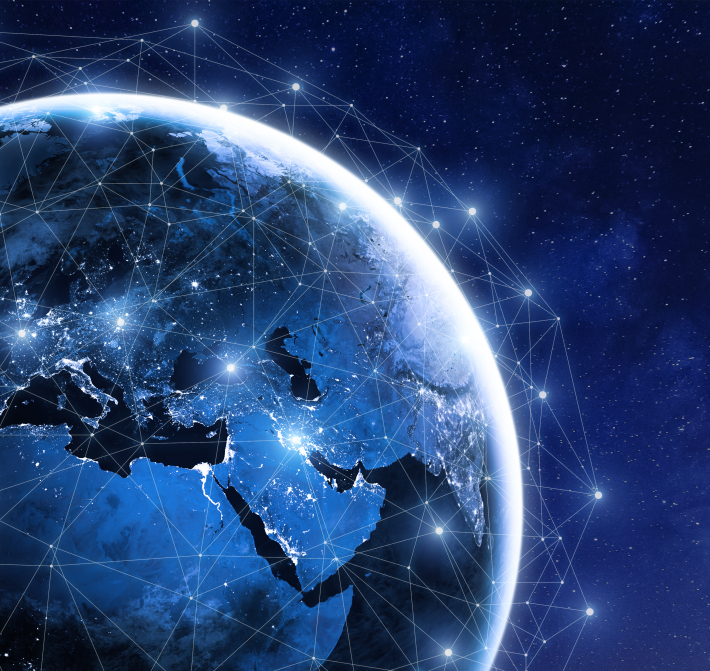
The 15th Edition (2020) of the World Economic Forum’s Global Risk Report is out now and it can be accessed here. We are publishing our response to it to coincide with their 50th annual conference – which will be held in Davos between 21-24 January.
We can’t recommend the Global Risks Report highly enough. It should be essential reading for all disaster and emergency management professionals. Why? It describes and analyses (in a very accessible way) the global context for what practitioners are dealing with at the operational and local level. It’s the big picture - mainly around emerging risks that will be shaping national and your local agendas in the future.
It’s also a bleak picture – but you saw that one coming, right? To give you an overview of its main contents we will continue posting on this over the next few days.
One of the stubborn reasons global community leaders have for not addressing long-wave macro risks (like climate change, biodiversity loss and the like) is that if they don’t want to do anything about them, they can interpret them as systemic adjustments rather than fundamental, enduring changes.
In this thinking, it’s a matter of riding them out until the system “snaps back” and self-adjusts. The WEF is adamant on this (and increasingly strident). Time is, according to them, very close to running out. When it does run out, we will have lost the opportunity to avoid the worst.
Five big “families” of risks stand out in their analysis:
- The first is an increasingly destabilised political world. Multilateral alliance structures are creaking as they try to adapt to the new (dis-)order, and states seem to be pursuing policies and agendas that are much more nationalistic and based on immediate geopolitical advantage – what some have called “nativism” and which the WEF associates with “economic decoupling”.
- The second set of risks relate to economic stability and social cohesion. This is clearly related to the politics of nativism and predicts more economic confrontations – as well as social polarisation and declining societal consensus and unity.
- The third set is climate threats and accelerated loss of biodiversity. These related risks are (according to the WEF) striking harder and more rapidly than many have expected with “unprecedented extreme weather throughout the world”. Some reports now suggest that global average temperatures will increase by 3°C this century. This is twice what experts have warned is the manageable limit. This is the WEF stakeholder community’s biggest risk. Their second biggest is biodiversity loss. This is accelerating to worrying levels, and there are severe implications for human welfare, food supplies and health care.
- The fourth set is called “digital fragmentation”. 50% of the world’s population is now said to be “online” and two-thirds of it now own a mobile device. The report acknowledges that this has brought great benefit, but issues are emerging due to unequal access to the internet, the lack of a global technology governance framework and cyber insecurity. In the WEF assessment “information infrastructure breakdown” is the 6th highest risk over the coming decade. See our posts on quantum computing here and here.
- The fifth set is pressure on health care systems. To quote… “Health systems around the world are at risk of becoming unfit for purpose. New vulnerabilities resulting from changing societal, environmental, demographic and technological patterns threaten to undo the dramatic gains in wellness and prosperity that health systems have supported over the last century”. It is now a widespread belief that the current generation of the young will be the first not to live longer on average than their parents.
We’ll close this post with a quote from the final paragraph of the report’s executive summary:
“There is still scope for stakeholders to address these risks, but the window of opportunity is closing. Coordinated multi-stakeholder action is needed quickly to mitigate against the worst outcomes and build resiliency across communities and businesses”.
Put all this into the mix and what we can see is an increasing (if not desperate) need for global cooperation, coming at a time when the means to achieve it are being systematically eroded. States are turning away from collaboration in favour of reductionist populism and narrow self-interest – in a political system that is fraying at the edges and becoming more confrontational.
Has anything changed for the good in the last year, as far as the global emerging risk picture is concerned? See our post on the WEF’s last annual report (2019) here. The WEF’s view is that all the pressures leading to these risks have continued to intensify in the last year.
Note: The WEF is a multi-national and non-profit membership organisation based in Switzerland. Its membership includes some 1,000 major global enterprises.